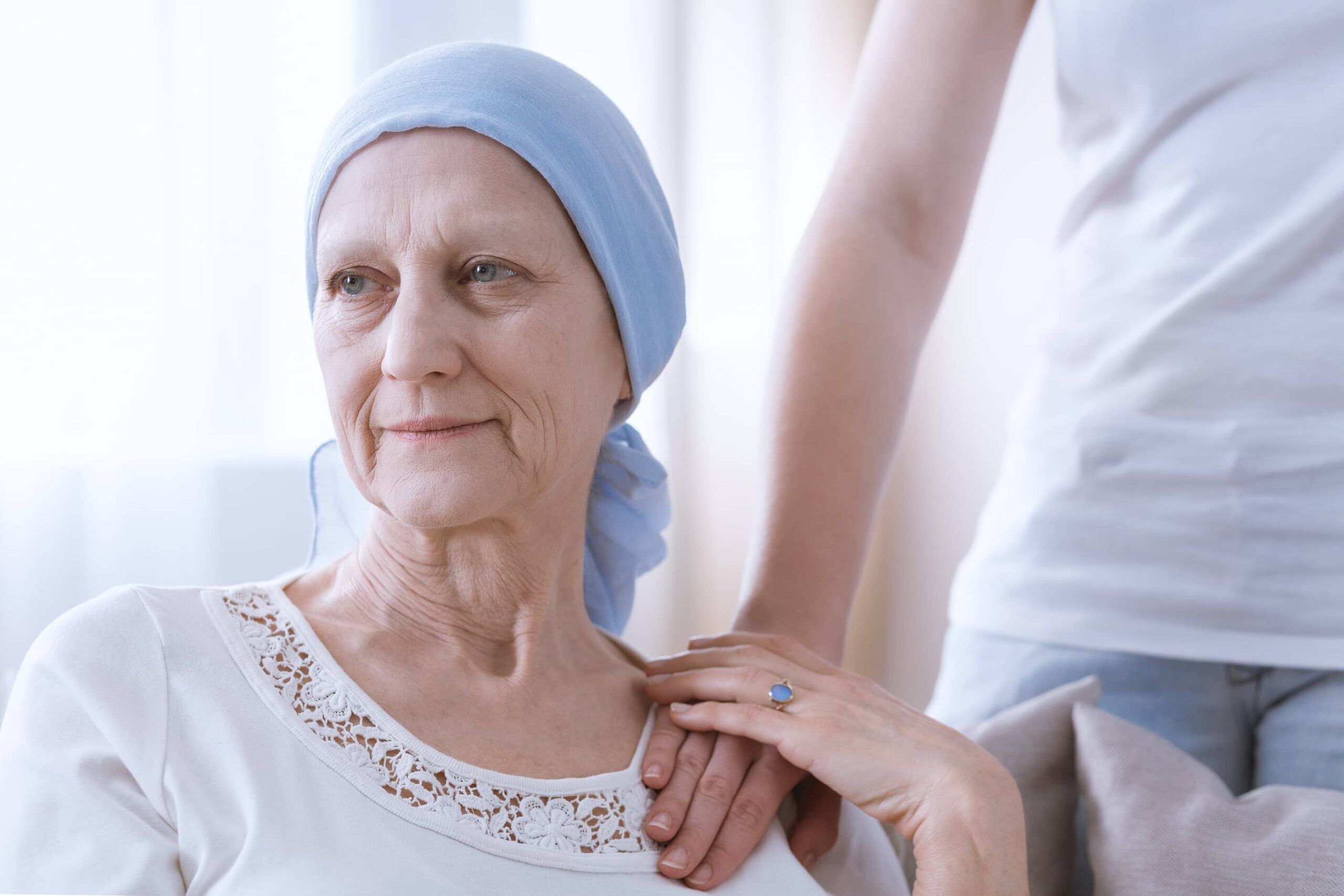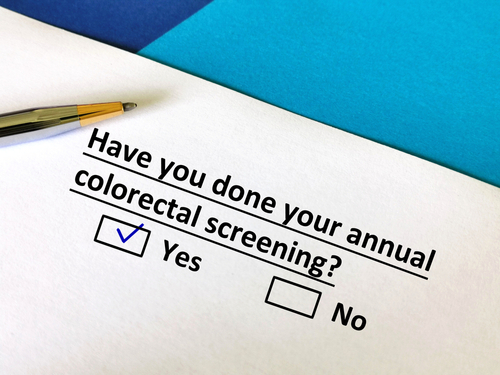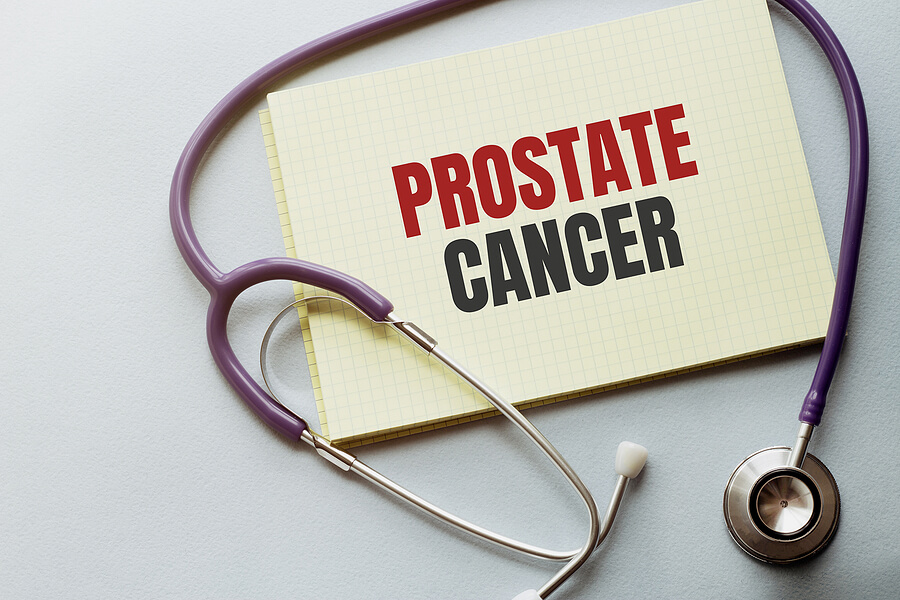Leukemia in Elderly Adults
Category:

Leukemia is a type of cancer that affects the blood and bone marrow. It begins when cells in the bone marrow undergo leukemic changes or mutations that allow them to survive better than the normal cells in the blood.
As the leukemic cells grow and reproduce, they eventually crowd out and suppress the growth of normal cells. The rate of growth, treatment plan, and prognosis depends on the type of leukemia it is.
Leukemia in elderly adults, according to the National Cancer Institute, occurs most often between the ages of 65 and 74, but it is also the most common cancer diagnosed in children under the age of 15.
With treatment, leukemia in elderly patients can sometimes be put into remission. Let’s take a look at the types of leukemia in elderly adults, the leukemia in the elderly survival rate, and the leukemia life expectancy in elderly patients.
What are the factors and symptoms that lead to a leukemia diagnosis in elderly people?
- Family history
- Genetic disorders
- Exposure to certain chemicals
- Smoking
- Fever or chills
- Fatigue
- Recurrent infections
- Weight loss
- Swollen lymph nodes
- Bleeding and bruising
- Bone pain
- Night sweats
- Red spots on skin
- Nosebleeds
If you have any of these symptoms or any other persistent signs or symptoms, you should consult your physician for an assessment.
Leukemia symptoms can be tricky. In the early stages, symptoms can be like the flu or other common illnesses.
What is chronic leukemia in elderly patients?
Chronic Lymphocytic Leukemia (CLL) is a type of leukemia usually diagnosed in older adults. The term “chronic” is used because it usually progresses more slowly than other types of leukemia. Most people who are diagnosed with this type of leukemia are age 70 or older, as there are usually no early symptoms. CLL can cause complications such as a switch to more aggressive forms of cancer, frequent infections, a weak immune system, and an increased risk of other cancers.
What is acute leukemia in elderly patients?
Acute Myeloid Leukemia (AML) is another type of leukemia that is usually diagnosed in elderly adults. Though there are treatments available, the prognosis for the elderly patient with AML is not a good one because of the presence of other illnesses and the fragility that comes with age. Palliative care is often suggested when AML is diagnosed in the elderly patient.
How long can an elderly person live with leukemia?
Leukemia life expectancy in elderly people varies from one person to another. The survival rate depends on the type of leukemia the individual has, the characteristics of the disease, and the patient’s overall health condition at the time of diagnosis.
There are risks involved with getting treatment for leukemia, but without treatment, the survival rate can be as short as 2 to 3 months.
Your physician and his or her team of medical professionals will guide you. They can help you decide the best course of treatment and give you the personalized care and direction you need after a diagnosis of leukemia.
Subscribe
Date: April 13, 2021
Category:


